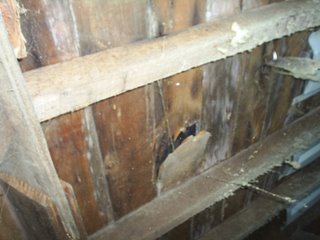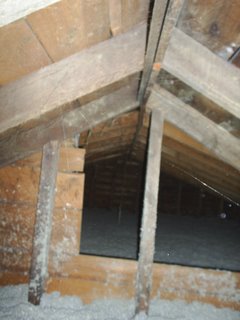Chapter 7
1. Check in:
It has been a very busy week as a whole. I have been communicating with two realtors that I believe will be good fits within my team. I am pretty interested in four (4) mobile home parks. They are in the range of 40 to 100 lots or units, and have an asking price that ranges from $600,000 to $1,200,000. I am currently trying the get the actual income/expense statements for the last two (2) years from the owners which is turning out to be somewhat of a problem. They want proof of financing, and a sign a confidentiality statement. The confidentiality statement is not a problem, but I would like to view the financials before I go through the trouble of finding financing so that I do not waste my time if the numbers are not good. There has been no progress on the rehab house since New York got nailed with snow. I have made great progress on meeting people. I recently started communicating with 4CInvestor (Josh), along with some others. They all seem like great people, and I will actually be meeting 4CInvestor in AZ at a get together. This get together should be fun. I have also been working on a small speech that I have been asked to give at our new Cash Flow group. I am getting really excited about this group. We have some very notable people from our area coming. I can not wait to network with them.
Things that went wrong: I was unable to get as far as I wanted on my previous goals due to a few road blocks that I had to work around. There also has been a halt on the construction/rehab of my SFR due to the extremely bad whether.
Things that went right: I believe I finally found two (2) realtors that will add value to my mobile home park team. They are both hard working, knowledgeable, and get things accomplished in a timely manner. I also had the privilege to talk to 4CInvestor for the first time. He is an interesting individual and I can not wait to meat him in person. My Cash Flow group is coming together very nicely for it being my first one. There seems to be a great interest from both beginners, and more advance individuals within the community.
2. Main Points:
1. Know your numbers or partner with someone who does
3. Questions:
1. Is it worth it to try to get a “proof of funds” before you are able to see the numbers? I am not used to dealing with properties of this size, so I do not know what is normal.
2. What would you consider average ratios in your area?
3. Why is there so little dedicated to the financial analysis of a place? I would think that this would be a major part of any type of investing.
4. As anybody read “The Complete Guide to Real Estate Finance?” Would you say that it is worth a read? Or no.
4. Requests:
1. Get the financials for the places that I am interested in.
2. Analyze the financials to determine whether they are opportunities or not
3. If they are opportunities make an offer.












